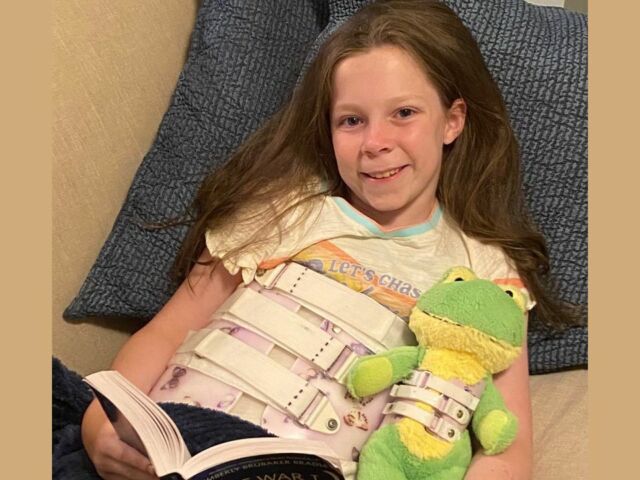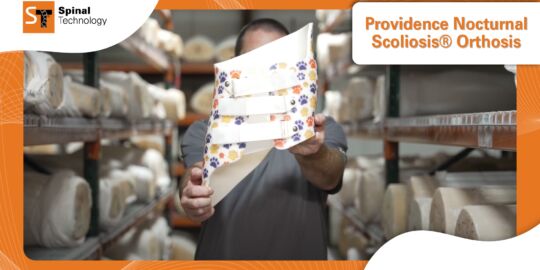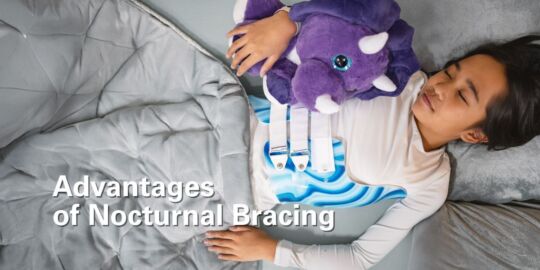Positive Providence® Brace Patient Outcomes

For example, the results, as seen in the case of the Providence Brace, is significant correction of all curve types, averaging 98% in-brace and exceeding upwards of 115% in some cases.
In general, the effectiveness of any orthosis relies on meeting just a few principles and requirements; in-brace correction (reduction of Cobb and rotation); alignment and balance in the sagittal and coronal planes; and, of course, patient compliance. The combination of those criteria for success can create some complicated scenarios when it comes to treating actual patients, especially those required to wear a brace for 18 to 22 hours per day. The challenges most often stem from the need for the patient to be upright and mobile. That alone contributes to the majority of the complications faced in traditional full- time brace design.
With nighttime bracing, most of those challenges do not exist. There are significant advantages to bracing at night that not only simplify brace design and allow for more targeted corrective forces, but greatly impact compliance, providing for better outcomes.
When the patient is at rest in a recumbent position, the spine naturally elongates, allowing for better access to the lumbar region, the ribs become more horizontal, allowing for corrective forces to be more efficiently applied to the thoracic vertebrae, and the muscles relax, no longer resisting the corrective forces. In this state, righting reflexes become inactive and body positioning, stance, and balance are of no concern. The patient experiences little to no irritation, as they are not sitting, standing, or walking. The recumbent position also eliminates the need for complex brace design to counteract gravity. Additionally, nocturnal bracing makes it possible to take more effective advantage of growth rates and modulation of the vertebra.
As patient flexibility increases and muscle activity decreases, patients are able to tolerate much greater corrective forces. Effective manipulation of the spine, by the use of targeted hyper-corrective pads, is much more achievable at night. For example, the results, as seen in the case of the Providence Brace, is significant correction of all curve types, averaging 98% in-brace and exceeding upwards of 115% in some cases.


